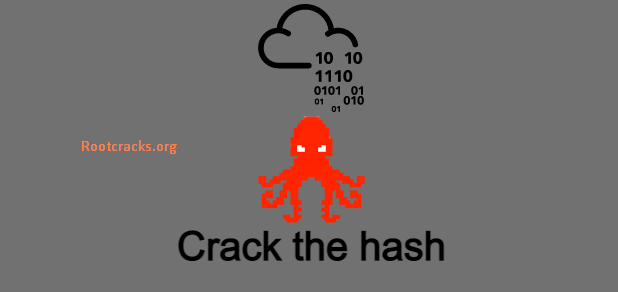Hash Crack In data structures like hash tables, maps, and dictionaries, hashing commonly enables quick retrieval of values based on their keys. Hashing allows for constant time (O(1)) access to data. Making it efficient for tasks like searching, inserting, and deleting elements. Critical to cryptographic algorithms. Such as digital signatures. Message Authentication Codes (MACs) and password hashing. Hash functions play a vital role. They also ensure data integrity by authenticating messages. Also, securely store passwords in this context.
Uses of this app:
This app enables individuals to determine if the file has been altered or corrupted. Hash functions also often play a role in generating checksums for data packets in network protocols like TCP and UDP. Checksums allow recipients to detect errors in transmitted data. And request retransmission if necessary.
Advantages:
- This app identifies redundant copies and removes them.
- Content-addressable storage systems use hash functions to uniquely identify and retrieve data based on its content rather than its location. This functionality proves useful for distributed file systems and version control systems.
- Hashing can enhance data protection during transmission by generating hash values that serve as checksums or fingerprints. Users can verify data integrity upon receipt, minimizing the risk of data corruption or tampering during transit.
- Hashing allows for efficient resource utilization, particularly in memory-constrained environments. By employing hash tables or similar data structures, the app can optimize memory usage and improve overall performance.
- Users benefit from the ability to verify the authenticity and integrity of data using hash values. By comparing hash values before and after transmission or storage, users can ensure that their data remains unchanged and uncorrupted.
Pros:
- Protocols like challenge-response authentication and cryptographic key generation use hash functions to generate cryptographic nonces (numbers used only once). They also combine these numbers with other data to produce unique identifiers and cryptographic keys
- Various data mining and machine learning algorithms use hash functions for tasks. such as feature hashing, dimensionality reduction, and data clustering. Hash functions assist in transforming high-dimensional data into a lower-dimensional space. Plus, preserving important properties. Making computations more efficient and scalable.

Features:
- Cache Management:
Cache management algorithms utilize hash functions to determine the location of data in cache memory by hashing memory addresses and data keys. This enables systems to efficiently determine which cache line or set to store or retrieve data from. Optimize cache performance
- Fast Data Retrieval:
The characteristics of hashing that allow for constant-time data retrieval make it ideal for scenarios where quick access to data is required. Such as in hash tables and dictionaries. Regardless of the dataset’s size.
- Efficient Storage:
Hashing enables efficient storage of data by eliminating duplicate copies through techniques. Like data duplication. Storing unique hash values instead of entire data sets conserves storage space.
- Secure password storage:
Storing hashed versions of passwords in databases instead of plaintext passwords is crucial for securely storing passwords. This makes it computationally impossible for attackers to retrieve their original passwords. Even if the database is compromised.
- Error Detection and Correction:
Hashing aids in error detection and correction by providing a reliable mechanism for identifying discrepancies in data. By comparing hash values, the app can detect errors or inconsistencies and take appropriate corrective actions to ensure data accuracy.
- Data Partitioning and Distribution:
Hashing facilitates data partitioning and distribution in distributed systems or parallel computing environments. By hashing data keys or identifiers, the app can efficiently route and distribute data across multiple nodes or processing units, improving scalability and performance.
